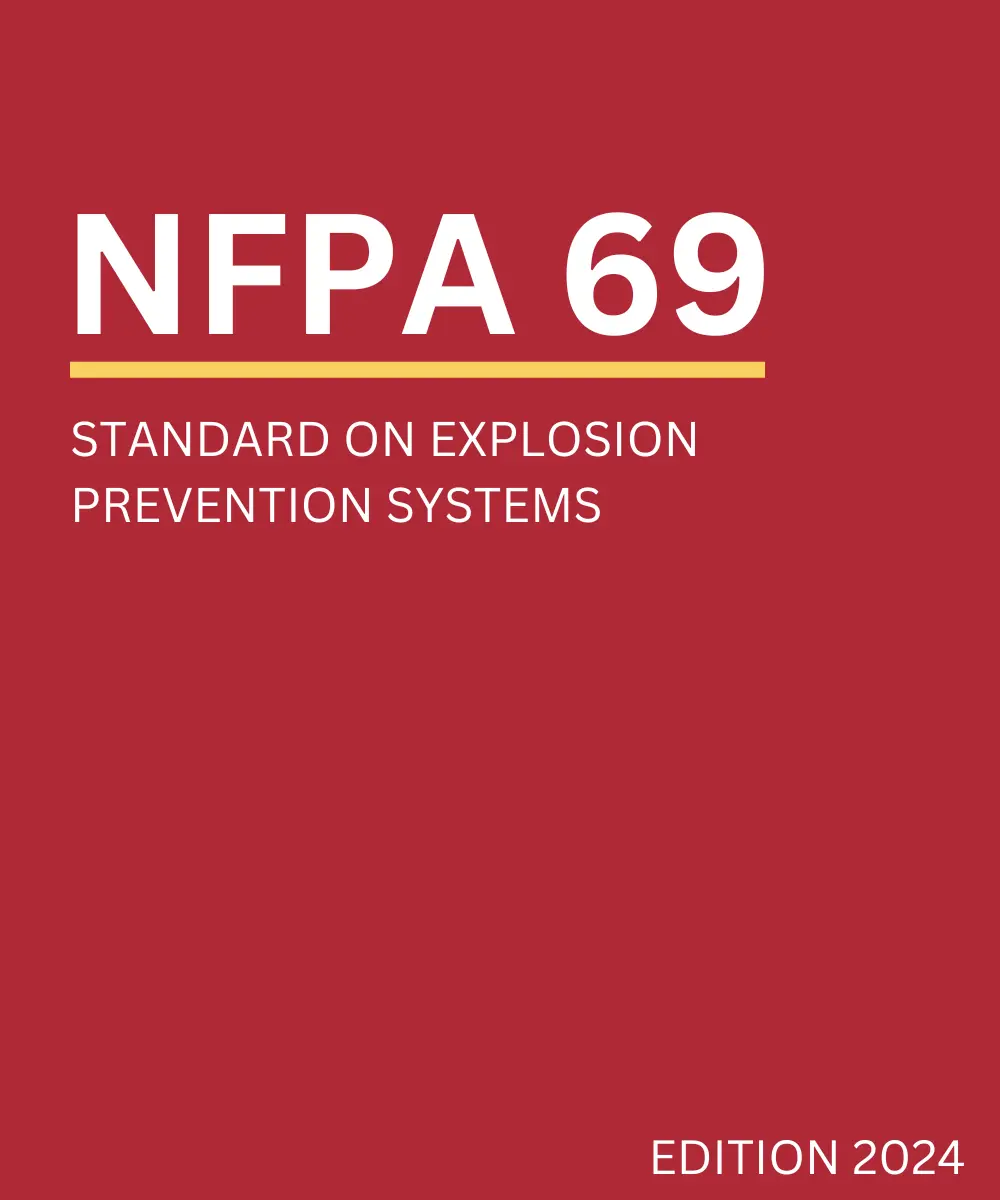
Introduction
NFPA 69 provides guidelines for preventing explosions in facilities dealing with combustible materials. The 2024 edition incorporates modern techniques and technologies to enhance safety measures and control explosion risks effectively.
Key Changes in the Latest Edition
Key Changes in the Latest Edition
- New Prevention Methods: Incorporates advanced explosion suppression technologies.
- Refined Risk Assessment: More precise risk assessment strategies for explosion prevention.
- Enhanced Safety Protocols: Updated protocols for operational control to minimize risk.
Notable Features of the Current Version
- Integration of modern technologies for enhanced explosion prevention.
- Updated risk assessment strategies for more accurate safety measures.
- Detailed operational protocols for preventing explosions in high-risk areas.
Practical Implications
Industries handling combustible materials need to adopt the latest explosion prevention systems to meet regulatory standards and ensure safety, reducing the risk of devastating accidents.
Conclusion
NFPA 69 (2024) strengthens its recommendations on explosion prevention with updated methods, enhanced risk assessment, and improved operational protocols to ensure a safer working environment.
Access NFPA 69 Now!
For more detailed guidance, refer to NFPA 69 (2024) or consult with safety experts specializing in explosion prevention systems.
Book a free demo
Digitalize your Inspections with ZenFire
- Faster Inspection
- Deficiency Reporting
- Proposals
Company
Support and Services
- (206) 456-8988
- 236 W 27th st Floor 12, New York, NY 10001, United States
- 299 Fremont St APT TH313, San Francisco, CA 94105
- A-302, Nyati Tech Park, New Kalyani Nagar, Wadgaon Sheri, Pune-411014
- hello@zentrades.pro

